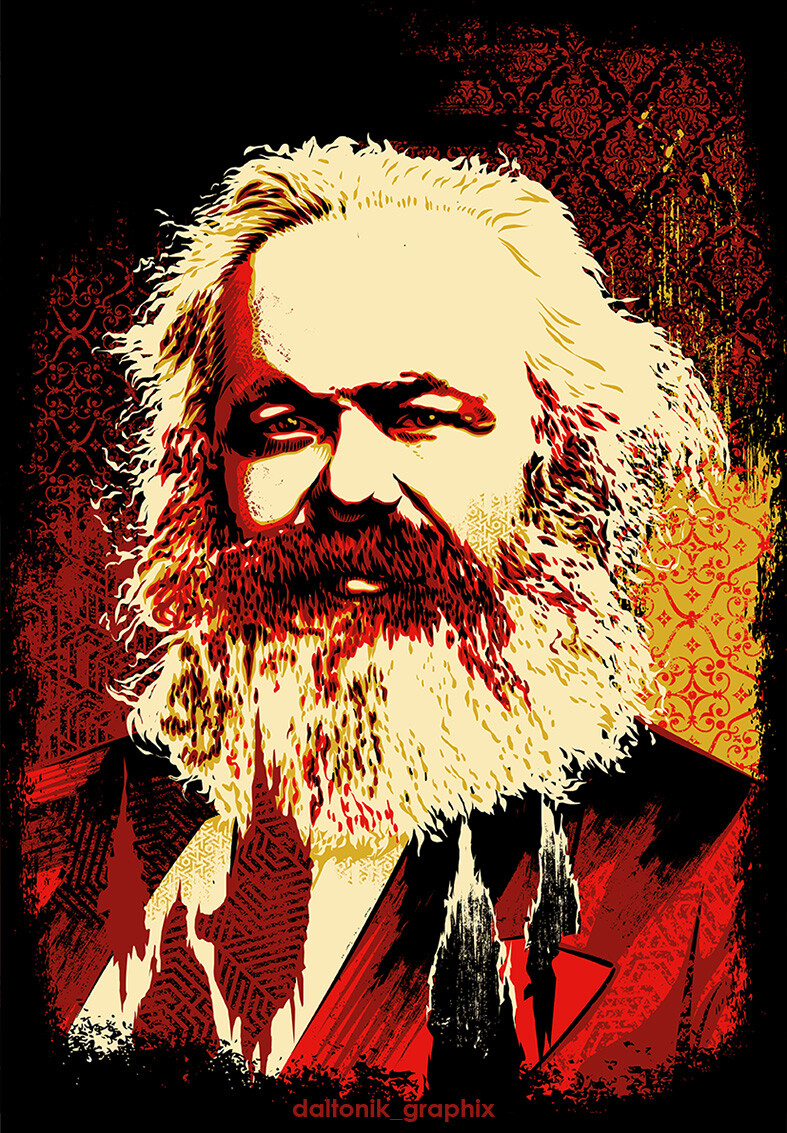Communism in Kerala refers to the strong presence of communist ideas in the Indian state of Kerala. In addition to Kerala, the Indian states of West Bengal and Tripura have had multiple democratically elected Marxist governments, and change takes place in the government by regular multiparty electoral processes. The communism of Kerala has provided Indian communist stalwarts such as M. N. Govindan Nair, C. Achutha Menon, K. Damodaran, T. V. Thomas, N. E. Balaram, E. M. S. Namboodiripad, A. K. Gopalan, K. R. Gouri Amma, P. K. Vasudevan Nair and C. K. Chandrappan.
Today the two largest communist parties in Kerala politics are the Communist Party of India (Marxist) and the Communist Party of India. The Left Democratic Front is a coalition of left-wing political parties in the state of Kerala and is one of the two major political coalitions in Kerala, each of which have been in power alternatively for the last two decades. The coalition led by the Communist Party of India (Marxist) consists of the Communist Party of India, the Janata Dal (Secular), the Nationalist Congress Party, the Indian National League, the Kerala Congress (Anti-merger Group), and the Indian National Congress (Socialist).
Formation of a socialist wing
An important feature of the anti-Colonial struggles in Malabar district, Cochin Kingdom and Travancore Kingdom (these three regions will later form Kerala state, along with some regions from South Kanara) in the 1920s and 1930s was the increasing involvement of peasants and workers. The peasant and labour movements of the 1930s were to a great extent the cause as well as the consequence of the emergence of a powerful left wing in politics. In 1934, the left anti-Colonials joined together and organized the Congress Socialist Party with C. K. Govindan Nair as Secretary within the Congress Party.
A powerful factor that helped the growth of the left movement was the support it received from the radical section of the anti-Colonial native Muslims in Malabar. Left groups started functioning in several parts of Malabar and soon the Kerala Provincial Congress Committee (KPCC) was dominated by them.
It was only by 1938-39 Malabar district, Cochin Kingdom and Travancore Kingdom were fully drawn into the anti-British struggle for self-rule as well as the struggle for responsible Government in the Princely States. The leftists preferred to remain organizationally within the Congress and call themselves Socialists. Thus both the left and right groups joined together in order to ensure the success of the Congress candidates in the election of 1936 in Malabar district.
Birth of the Communist Party of India in Kerala
But the rift between the Indian National Congress and the Socialist wing came into the open with the outbreak of World War II, the resignation of the Congress ministries in the provinces and the starting of individual satyagraha.
They were expelled from the Congress Socialist Party in March 1940, after allegations that the communists had disrupted party activities and were intent on coopting party organizations. Indeed, by the time the communists were expelled, they had gained control over the entire Congress Socialist Party units in what were to become the southern states of Kerala, Tamil Nadu, and Andhra Pradesh.
The left wing met in secret enclave at Parapram, Pinarayi, near Thalassery and in December 1939, the CPI was born in Kerala.
In 1957 the CPI was elected to rule the state government of Kerala only to have the government dismissed and President's Rule declared in 1959 following the Vimochana Samaram. In 1964, in conjunction with the widening rift between China and the Soviet Union, a large leftist faction of the CPI leadership, based predominantly in Kerala and West Bengal, split from the party to form the Communist Party of India (Marxist), or CPI (M). In Kerala, the CPI (M) in coalition with other parties wrested control from the Congress and its allies (frequently including the CPI) in 1967, in 1980, and in 1987. Support for the CPI (M) in Kerala in general elections has ranged from 19 percent to 26 percent, but the party has never won more than nine of Kerala's twenty seats in Parliament. But as a coalition including CPI (M), CPI and other parties as Left Democratic Front they won 19 seats out of 20.
The Communist Party in Kerala has functioned under the conditions of a liberal democracy, relying on success in multi-party elections to remain in power. CPI's 1957 constitution stated it would allow the existence of opposing parties after it had a parliamentary majority. Party leaders, like Namboodiripad, did not like the idea of using military force to remain in power because it would reflect poorly on the CPI as a whole on a global stage. This reliance on the people's opinions made it more difficult to enact radical reforms. Therefore, the reforms of the CPI in Kerala were mainly moderately socialist.
Megathreads and spaces to hang out:
- ❤️ Come listen to music and Watch movies with your fellow Hexbears nerd, in Cy.tube
- 💖 Come talk in the New Monthly queer thread
- 🧡 Monthly Neurodiverse Megathread
- 💛 Read about a current topic in the news
- ⭐️ October Movie Nominations ⭐️
reminders:
- 💚 You nerds can join specific comms to see posts about all sorts of topics
- 💙 Hexbear’s algorithm prioritizes struggle sessions over upbears
- 💜 Sorting by new you nerd
- 🌈 If you ever want to make your own megathread, you can go here nerd
- 🐶 Join the unofficial Hexbear-adjacent Mastodon instance toots.matapacos.dog
- ☮️ you can join the upcoming anti war rally this march
Links To Resources (Aid and Theory):
Aid:
- 💙Comprehensive list of resources for those in need of an abortion -- reddit link
- 💙Resources for Palestine
Theory:


At least then I just let people love me and didn't push everyone away bc of an awareness of being broken